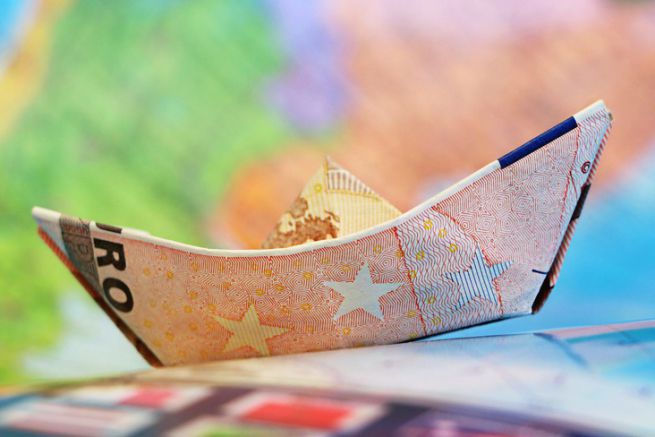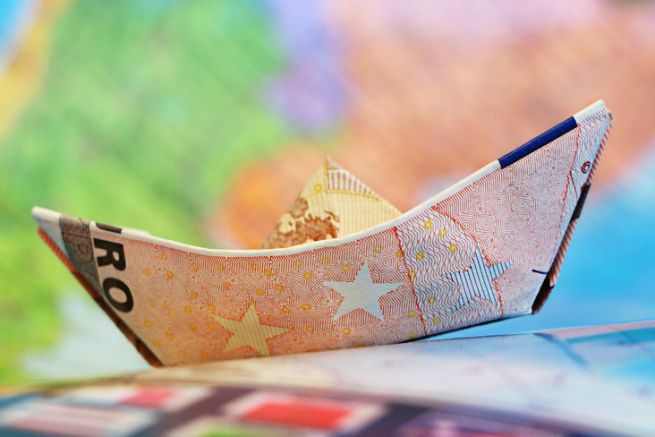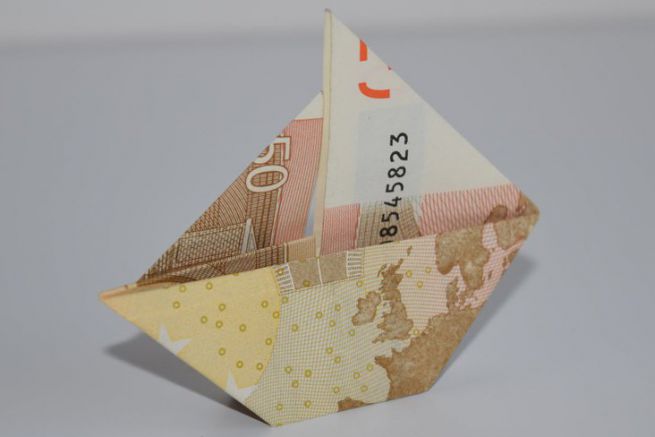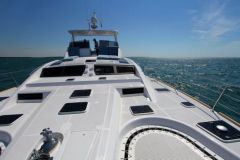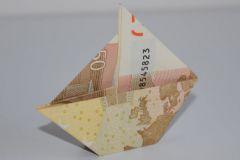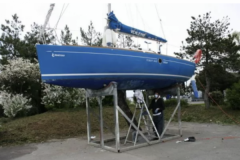What is a LOA?
The LOA (lease with purchase option) also called leasing is a method of financing to buy a new boat. It's simple, once your boat has been chosen, a financing agency buys it and rents it to you for a contractual period. At the end of the rental contract, you can buy the boat for its residual value.
Today in France, a very large majority of new boats are financed in this way. This tax system supports a market that has never recovered its pre-crisis values.
This method of acquisition is sometimes associated with a tax niche. Nothing illegal, because it's optimization. It is a loan disguised as a lease that allows the final consumer to pay a purchase price that is often lower than the cash purchase amount. This "discount" is a tax reduction.
For the acquisition of boats, the LOA is especially interesting for those who do not really need financing.
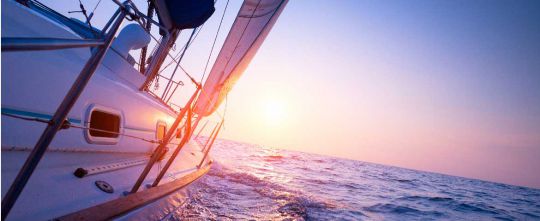
The birth of a niche
The boat is a means of transport with a great particularity, at sea, we are easily led to sail in international waters as soon as we cross the 13 nautical miles.
Under a law, a leased boat that can prove that it is sailing outside territorial waters benefits from a VAT deduction. Previously, there were five VAT rates related to navigation categories.
At the end of 2004, the state decided to distinguish only two VAT regimes for the LOA. One coastal, would have a VAT at 20% and the other, the offshore regime, with a reduced VAT at 10%. Indeed, it was decreed that boats capable of moving away from the coast beyond 13 minutes could, in the case of a LOA, be subject to only half of the VAT.
The state therefore estimates that boaters spend 50% of their sailing time beyond 13 minutes. No investigation is required to understand that this is a tax system that favours the sale of new boats.
And that's good for the thousands of jobs in France as a leader in the construction of pleasure boats.
How does LOA work?
The monthly rent is calculated according to:
- of the boat price
- the amount of the first rent (from 0 to 50% of the amount of the vessel)
- the duration of the lease contract
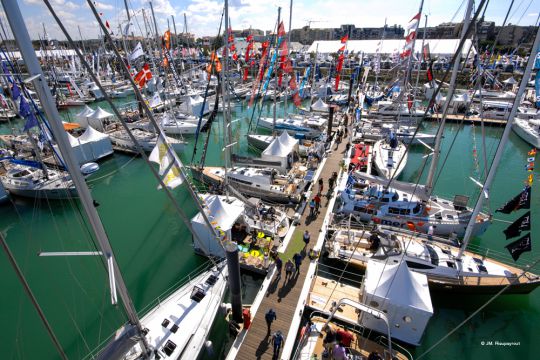
Let's take a concrete example:
It's okay, you fell for a new boat, it costs 100.
That is to say, the concessionaire sells it to you for 80, and the state applies a tax of 20, like all property acquired by French residents on French soil. It's VAT.
The trick to leasing is as follows:
You don't buy the property. It is the bank that acquires this boat capable of sailing offshore and that makes you dream so much. And you rent it, with a purchase option at the end.
In this way, the vessel is subject to half of the VAT: 10 instead of 20. So, while the object of your desires was going to cost you 100, it should finally come back to us at 90.
Let us understand that this much desired boat is not really cheaper, it is less taxed.
As a result, we saved 10 through leasing.
But, here's the thing: LOA has a cost.
And yes, let's not forget that in the form of a rental, the bank lends you argent?; and its job is to rent money.
The bank will have to be remunerated for the service provided, and that is normal. Fortunately, the current policy rates are very attractive.
In practice, in the best case, LOA is a gain of 3% to 5% of the total cost.
